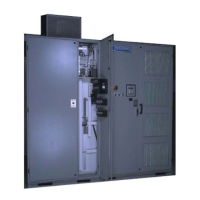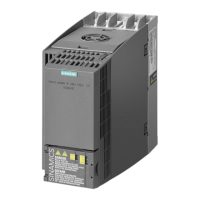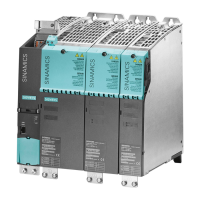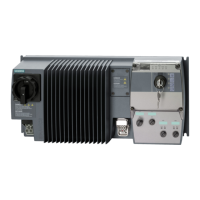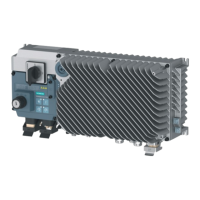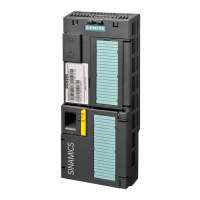Throughout the entire startup, the PLC is responsible for applying the proper current and
frequency values at the proper rate of change (ramp). The PLC HST enable ag is be maintained
throughout the whole sequence.
Note
If the PlcHstEnable_O ag is not set during the HST mode, the state machine will run as above,
but the inputs for speed and current will come from menu settings and transitions from internal
conditions. If the Fast Access Enable is not set on, there will be no variables to use, and again the
HST will return to default methods.
The following SOP ags are used for handshaking:
Flag Description
FluxAtSetPoint_I tells the PLC to commence with ramping current and frequency
MagnetizationComplete_I indicates that the magnetization state in the HST modes is completed
PlcHstEnable_O tells the drive to use the PLC for frequency and current references, and bypasses
internal ramps
CompleteHstMode_O originates from the PLC to end the HST mode (once desired starting speed is ach‐
ieved)
AtMinSpeed_I used as a handshake (output) to the PLC that the CompleteHstMode_O signal has
been received and acknowledged.
HighStartingTorqueModeComplete_I output to PLC for PLC based HST mode
• indicates the state machine has completed
• transition to normal running with Speed and Torque Current signals redirected
for use in Saturated Speed Reg mode
Note
For HST State Machine
Speed Demand = Speed Ramp Output = Speed Ref = Network Speed Demand
8.23.3 PLC-based Active Dampening for Conveyor Applications
This feature applies to drives used for conveyor applications only. Due to the structure (multiple
drives and motors) and requirements (control of torque oscillations transported through
conveyor belts) of conveyor systems, an external PLC is used for complete conveyor system
control.
Advanced Operating Functions
8.23 Conveyor Applications
NXGPro+ Control Manual
330 Operating Manual, A5E50491925A
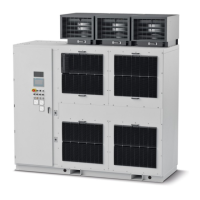
